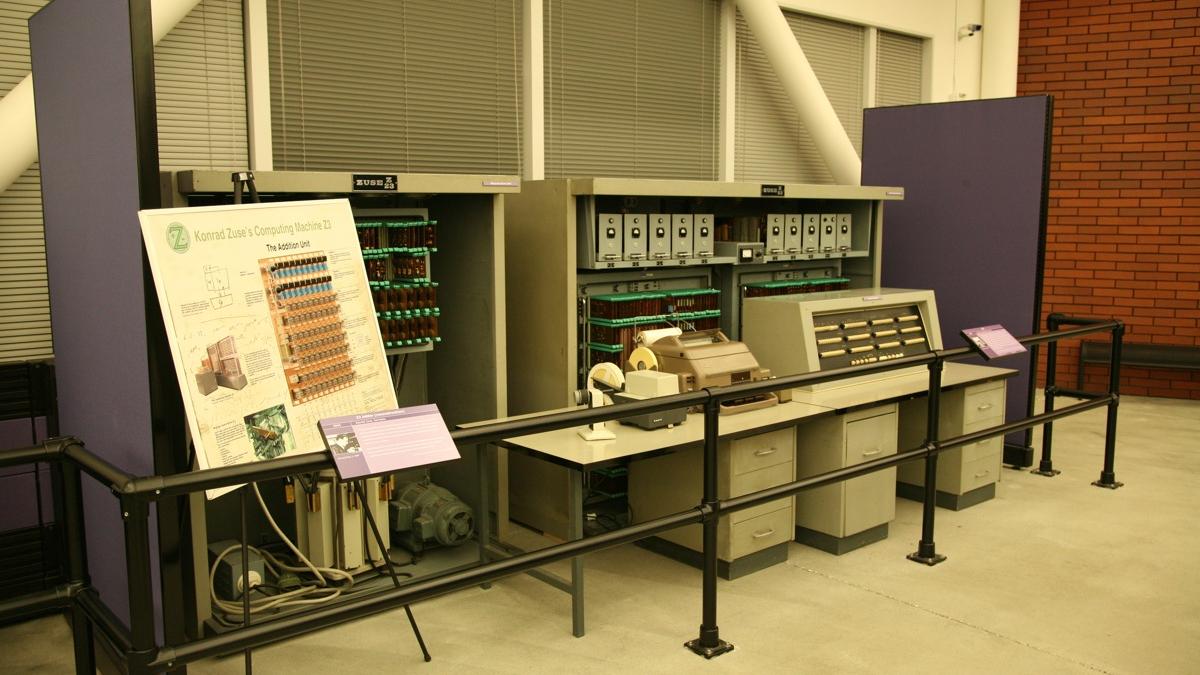Zuse's Z3, the world's first programmable computer

Zuze's Z3 was a groundbreaking invention that changed the course of computing history. Built by German engineer Konrad Zuse in 1941, the Z3 was the first fully-functional, Turing-complete computer, capable of performing any possible calculation or program.

Konrad Zuse, born on June 22, 1910, in Deutsch-Wilmersdorf (now part of Berlin), showed an early interest in art and painting. He even considered a career as a commercial artist before ultimately deciding on civil engineering. However, the tedious calculations involved in his studies led him to develop an interest in automating these processes, leading to the creation of the Z1 in 1938.
Despite working in relative isolation during World War II, Zuse managed to create the Z2 in 1940 and the Z3 in 1941. The Z3 was a significant improvement over its predecessors, using the binary system and metallic shafts that could switch one way or the other. Unfortunately, the original Z3 was destroyed in a bombing in Berlin in 1943. However, a replica of the Z3 was reconstructed in the 1960s and is now on display in a museum in Munich.
Konrad Zuse's work laid the foundation for modern computing, and his innovative approach to building computers from scratch without knowledge of existing calculators allowed him to develop unique solutions that were ahead of his time.